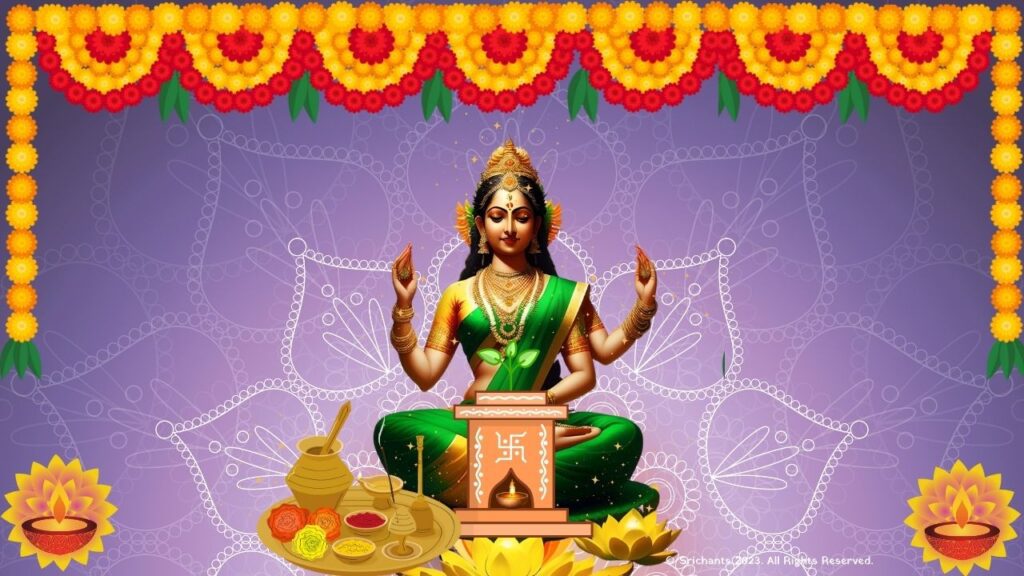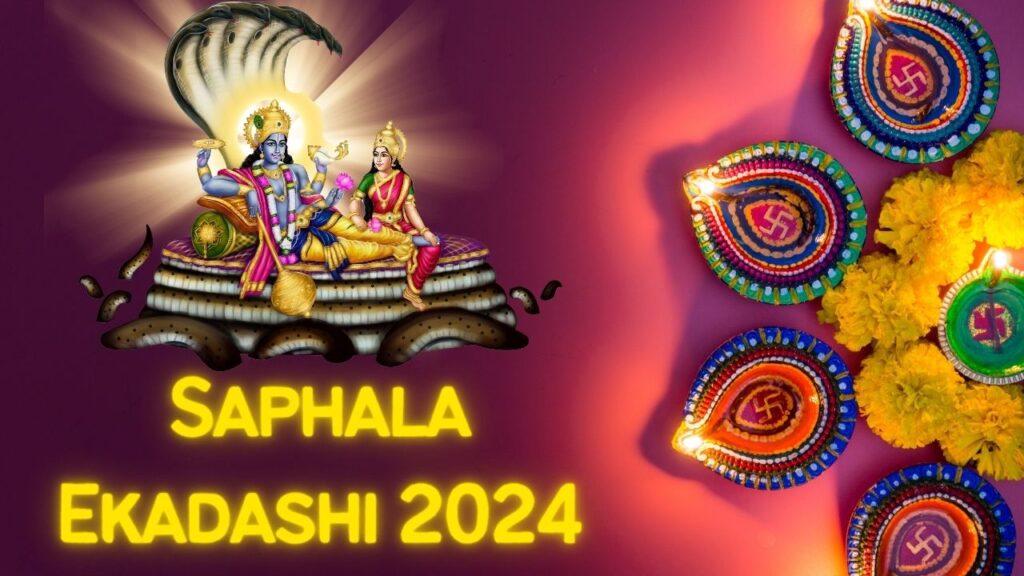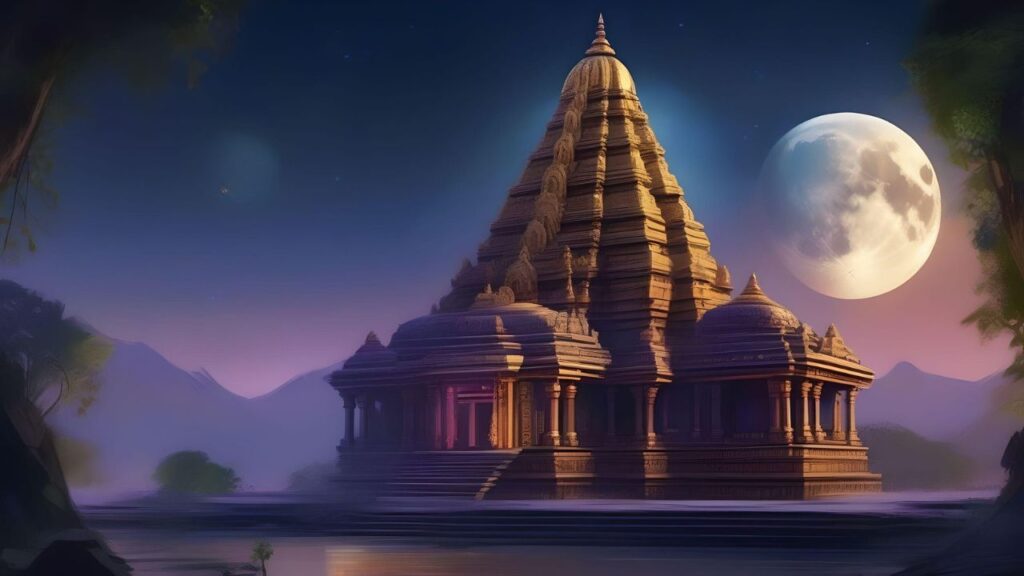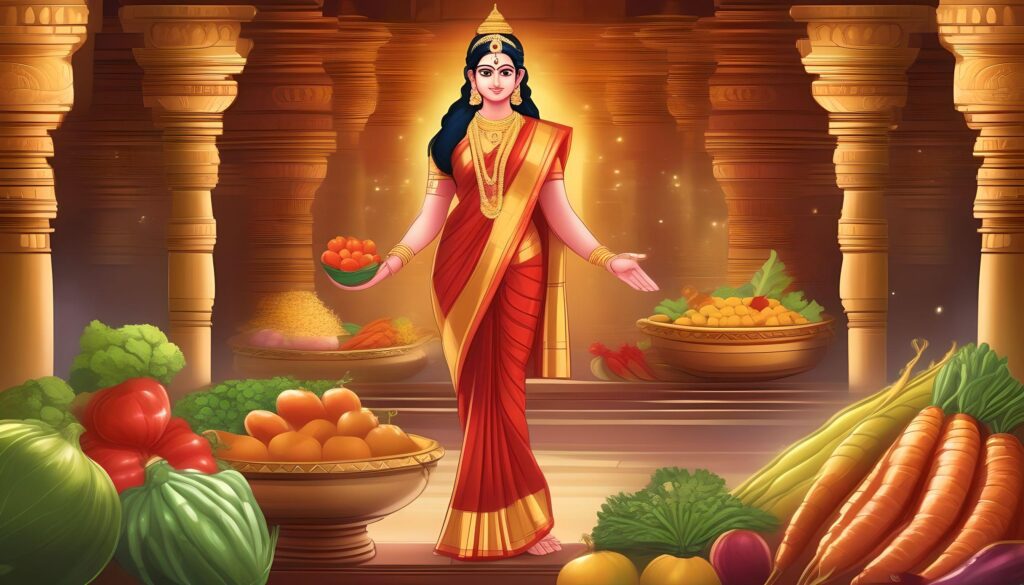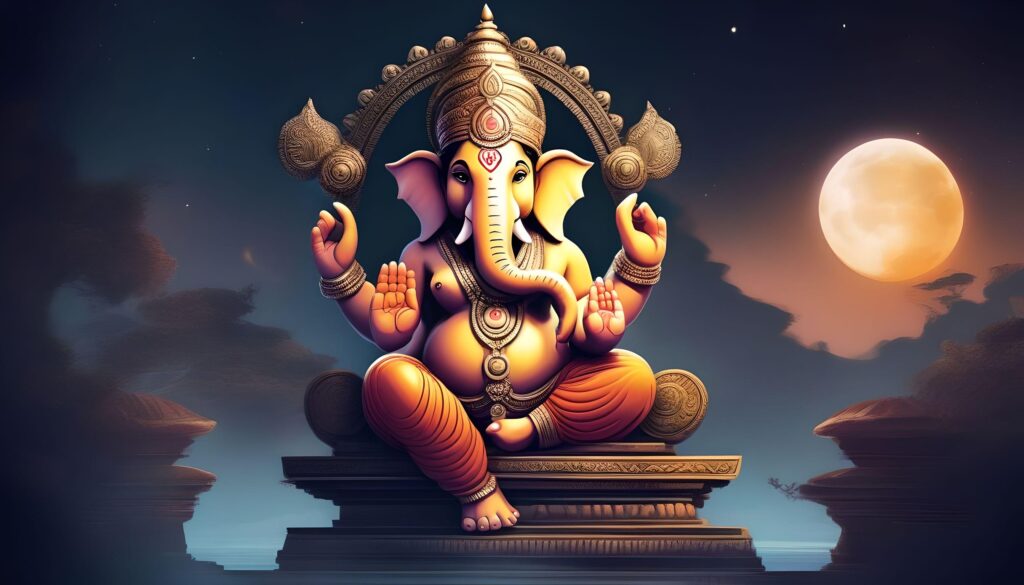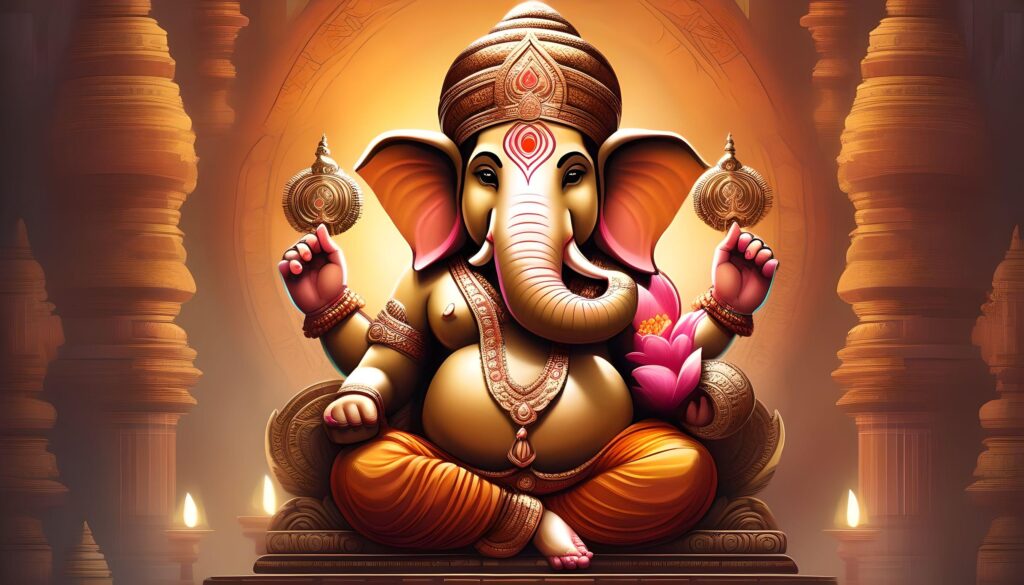Navratri Vrat Katha: Tales of Devotion and Miracles
Navratri, a significant Hindu festival that is celebrated with great enthusiasm and devotion throughout India, is dedicated to the veneration of Goddess Durga. The festival, which spans nine nights, is a representation of the victory of virtue over evil. The recitation of the Navratri Vrat Katha, a compilation of stories that inspire devotees and emphasize the power of faith and miracles, is one of the most cherished traditions associated with Navratri. This article will delve into the realm of Navratri Vrat Katha, examining the stories of devotion and the blessings conferred by the Goddess during this auspicious period.
Navratri Vrat Katha: A Spiritual Journey
The Navratri Vrat Katha, which translates to “narratives of fasting during Navratri,” is of great importance during the festival. Millions of devotees who observe fasting and prayer during this sacred time are motivated and inspired by these stories, which are profoundly intertwined with the spirit of Navratri.
The Legend of Goddess Durga
The sacred feminine energy, as embodied by Goddess Durga, is the essence of Navratri Vrat Katha. In Hindu mythology, Navratri is a celebration that honors the triumph of Goddess Durga over the buffalo deity Mahishasura, which transpired over the course of nine days and nights. The Navadurgas, a collective term for the various forms of the Goddess, are worshipped on each day of Navratri.
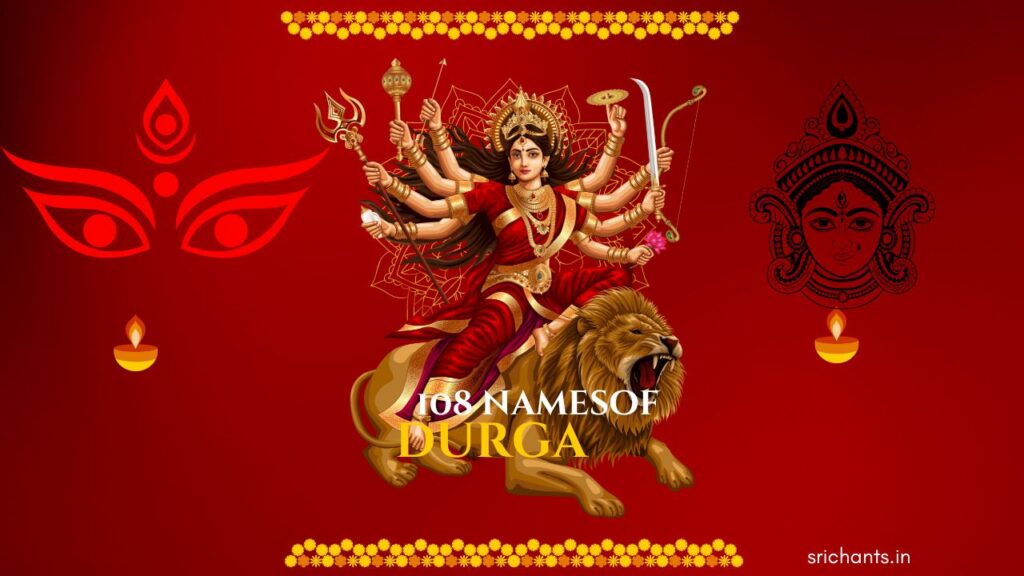
The Significance of Fasting
The spiritual significance of fasting during Navratri is profound for devotees. It is a method of demonstrating unwavering devotion to the Goddess and purifying the mind and body. Devotees endeavor to establish a closer relationship with the divine and to receive spiritual fortitude and blessings by refraining from food and other indulgences.
Tales of Devotion and Miracles
Unwavering faith and the miracles that can unfold through devotion are exemplified in the Navratri Vrat Katha, which is replete with inspiring tales. Let us investigate a few of these captivating narratives:
1. The Story of King Sudarshan
King Sudarshan was a devoted devotee of the Goddess Durga in the ancient kingdom of Ayodhya. He adhered to a stringent fast, consuming only water and fruits during Navratri. For one year, the land was plagued by a severe drought, which resulted in extreme suffering for his people. King Sudarshan maintained his fast and offered fervent prayers to the Goddess in spite of the adversities. The dearth was abruptly terminated when the Goddess miraculously appeared before him and bestowed the kingdom with an abundance of rainfall. This narrative serves as an illustration of the Goddess’s divine protection and the force of unwavering faith.
2. The Tale of Kanchan and Her Sacrifice
Kanchan, a young girl renowned for her unwavering devotion to Goddess Durga, resolved to observe a stringent fast during Navratri. She refrained from consuming sustenance and water for nine days. A famished beggar approached her on the ninth day, as she was about to break her fast. Kanchan selflessly donated the sole meal she had prepared for herself, as she observed his pitiful state. Goddess Durga appeared before Kanchan and bestowed upon her an abundance of prosperity and joy, as a result of her selflessness and devotion. This narrative underscores the importance of selfless acts of benevolence and the benefits of devotion.
3. The Miracle of the Cursed Merchant
A wealthy merchant residing in a bustling city was disrespectful and arrogant toward the Goddess. He ridiculed the concept of fasting and ridiculed those who observed it during Navratri. He even hurled the sacred Kalash (holy pot) used for worship into a nearby river in a fit of anger. The goddess, who was displeased with his actions, cursed him with extreme destitution. The merchant, upon acknowledging his error, requested absolution and implemented a rigorous fast as a form of penance. The curse was lifted by the Goddess, who was delighted with the merchant’s repentance, and the merchant regained his prosperity. This narrative functions as a reminder of the significance of contrition and repentance.
4. The Story of the Childless Couple
A childless couple residing in a small village yearning for a child of their own. The wish they wished for was not realized, despite their earnest supplication. They were resolute in their pursuit of the blessings of Goddess Durga and observed a strict fast during Navratri, praying ardently for a child. The Goddess was moved by their unwavering devotion, and on the final day of Navratri, a divine infant appeared before them. He was given the name Kartikeya, and he went on to become a renowned warrior. This narrative emphasizes the Goddess’s miraculous favors and the realization of sincere aspirations through devotion.
Numerous devotees are motivated by these narratives from the Navratri Vrat Katha, which serve as a reminder of the divine presence that encompasses them. The power of faith, devotion, and the miracles that can be unfurled through unwavering belief in the Goddess are emphasized in each tale.
Conclusion
The Navratri Vrat Katha is a testament to the limitless love of the divine and the enduring power of spirituality. These narratives function as a beacon of guidance for devotees as they commence their Navratri pilgrimage, inspiring faith, devotion, and optimism. Devotees can fortify their bond with Goddess Durga and witness the miraculous effects of faith in their lives by contemplating these narratives and assimilating their profound lessons.
Please bear in mind that Navratri is not merely a festival; it is a spiritual journey that is transformative. May your devotion remain unwavering, your faith remain steadfast, and your spirit be overflowing with the blessings of Goddess Durga.
